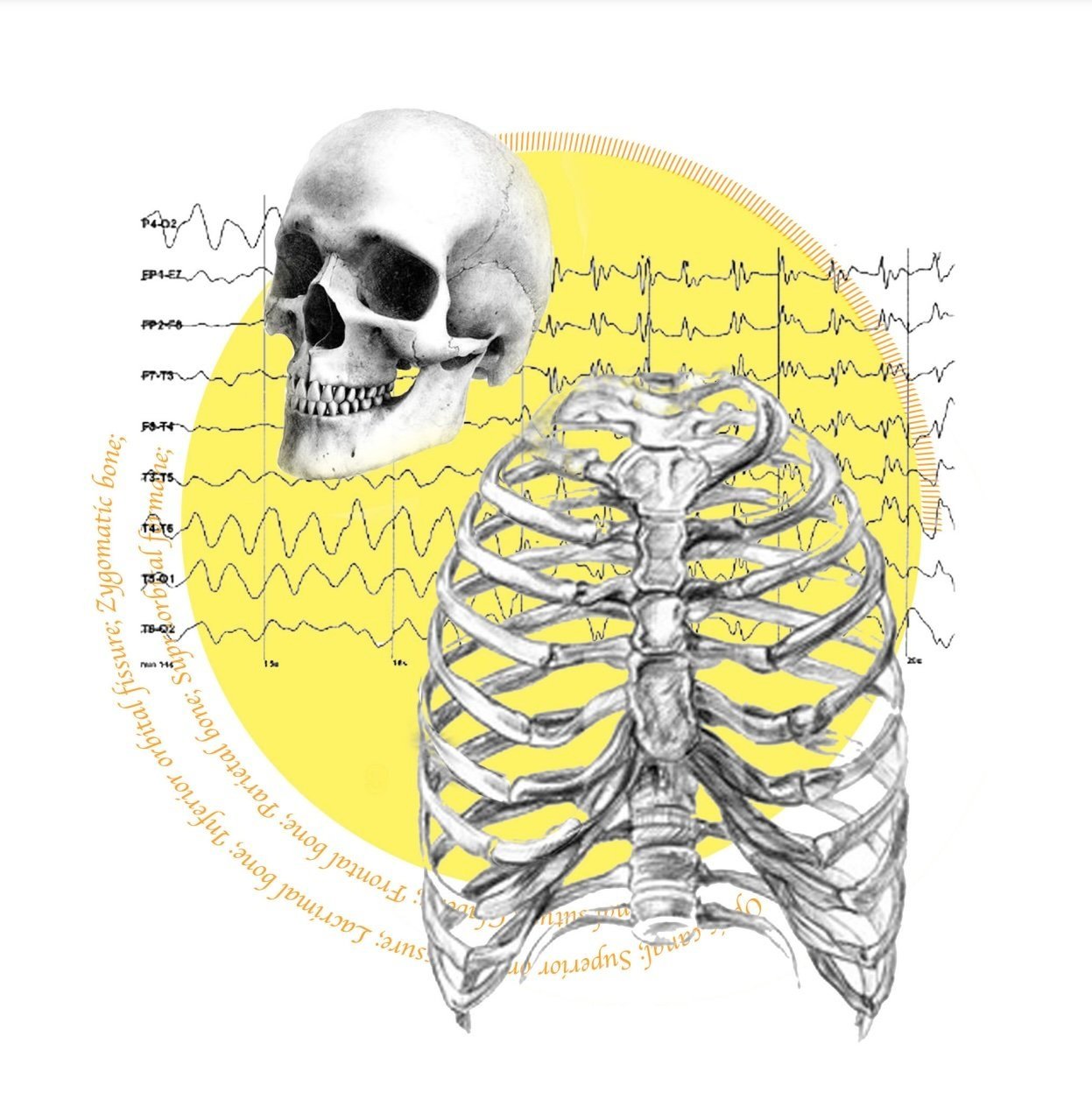
When I was working in Malawi, I volunteered and shadowed at Kamuzu Central Hospital — Malawi’s largest tertiary referral hospital — as a way to help figure out if I felt medicine was for me. Frequently, I was mistaken for a doctor, and asked to help with patients that I did not ethically agree with that fortunately, my attendings helped me to turn down politely. But as I stepped into my white coat for the first time, it felt like that familiar feeling of being out of place, of being given undeserved trust and responsibility. That feeling was the inspiration for this short story, which was first performed as an oral storytelling piece at a writing retreat, and converted to a written piece for Anastomosis — Stanford’s student medical humanities magazine.
Stiff with ceremony and smudged with coffee, my white coat engulfs me and my thrifted professional clothes. It feels somehow too big and too small — as ill-fitting from the inside as it is from the out. And try as I might, I can’t flatten out the wrinkles.
In the clinic, the coat is a pleasant lie I tell “my” patients. It is a promise I can’t keep — an insincere reassurance that I will save the day. Like an over-starched great white whale, it swallows me whole. This white cape — I mean, coat — a savior complex cast upon me, trapping me like a heavy net.
I can’t take it off, and I drown in it.
As I pull on the coat, do I push the patient away? This decoration creates distance and hierarchy where I want there to be closeness, comfort, sameness. But you can’t argue with statistics: The white coat makes patients feel better. It inspires trust and confidence. Patients are comforted by a white coat in the room. But it might as well decorate a chair. A white coat can do more than I can.
It feels disingenuous. It feels unearned.
It feels like a lie I’ve worn before.
“Mzungu!” Stage whispers follow me as I follow physicians through the crowded Malawian hospital wards. Four, five, six children to a bed. Children with watermelon tumors growing in their bellies, with no surgeon or money to act. Diagnoses overlooked because there aren’t enough doctors to look for them. People who had walked miles to care, only to wait for days or be turned away. Children whose hearts were born with holes in the wrong places, born in the wrong places to fix them. People dying of nothing but circumstance — right in front of me.
It feels somehow too big and too small.
Doctors, nurses, patients ask me for my advice. They hand me equipment, and needles, and children — deaf to my protests. “I’m not a doctor.” I say it more than my name. “I’m just here to learn. I can’t do anything.” But generations of imperialism, of missionary medicine, of colonialism disguised as humanitarianism done by people who look like me cannot be undone in a few quick words. The patients are relieved. A real doctor has arrived. Not A Doctor, the most sought-after physician in Lilongwe.
And try as I might, I can’t flatten out the wrinkles.
All I can do is smile and nod, share moments and candies and hold the little fingers that reach up for mine. Parents clasp their hands, bend their knees, bow their heads — grateful, before I can explain there is nothing to be grateful for. I am nobody — no doctor, no donor, no answer to their prayers. I can do nothing.
I can’t take it off, and I drown in it.
I hand the babies, the equipment, the syringes back to their rightful owners. But each day I receive new gifts I can’t return — hopeful smiles, gracious thanks, grateful nods I don’t deserve. And though I can do nothing, they are reassured by me simply being there — comforted by the presence of my white coat.